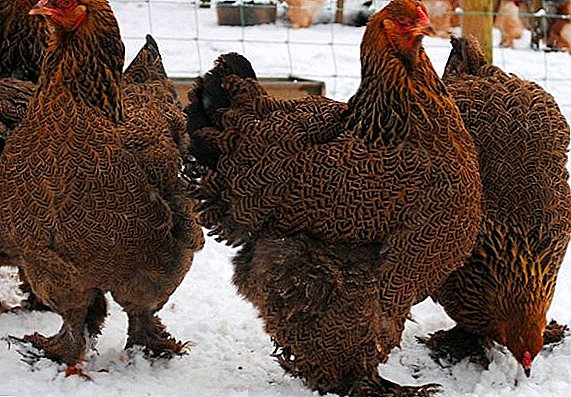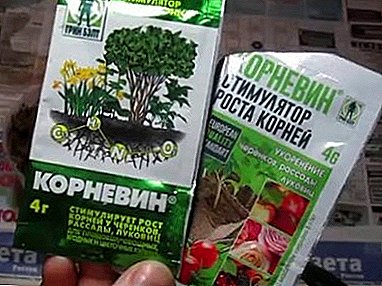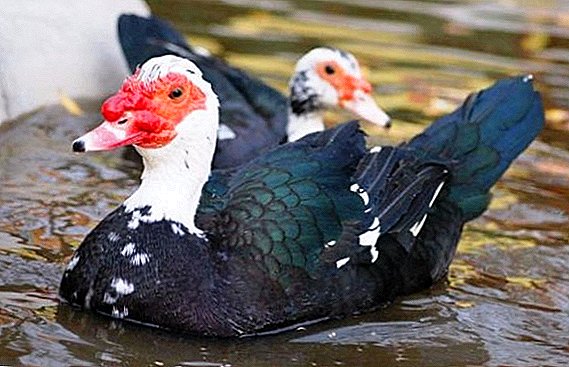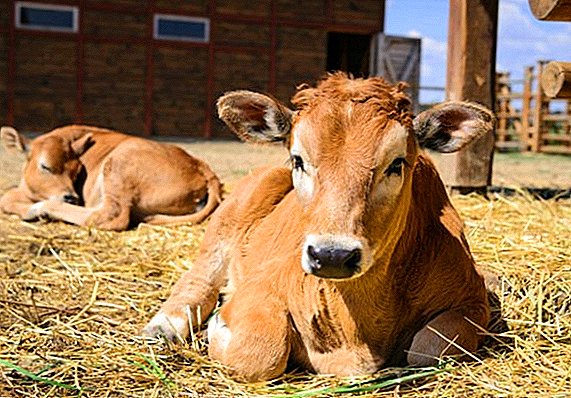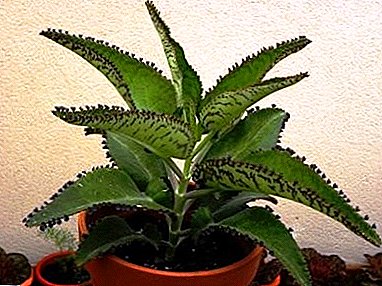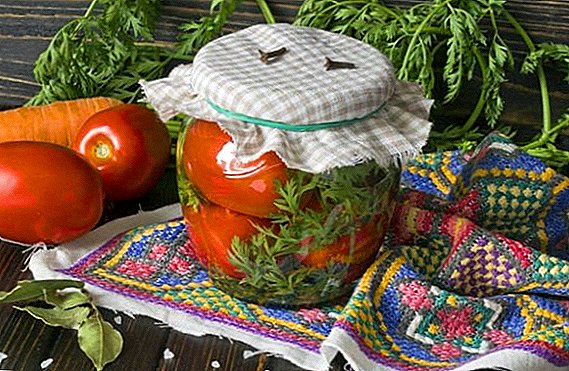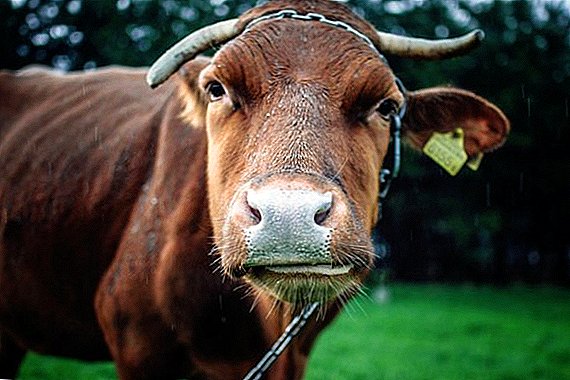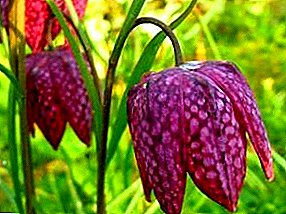 Our latitudes do not abound with a variety of spring blooming plants.
Our latitudes do not abound with a variety of spring blooming plants.
Winter rarely retreats here before April.
In the wild in the spring, most often you can find primrose and snowdrops, and in the gardens daffodils and tulips.
They belong to the onion plants. They also include such a spring flower as chess grouse or fritillary. It looks like a bell, but its flowers are different original chess staining.
Alternate dark and light spots of a clear geometric pattern. To some botanist, this reminded the chessboard, and the epithet "chess" was attached to the plant.
In Russian, the name “grouse” got acclimatized, which, apparently, is connected with the pattern on the petals. This folk comparison with the well-known motley bird suggests that the plant used to be found in the wild and people knew it well.
Now it can only be found where there are no dwellings.
Also learn the rules of garden care.
Read here how to keep gladiolus bulbs.
Suitable fertilizers for clematis: //rusfermer.net/sad/tsvetochnyj-sad/klematis/podkormka.html
The appearance of the hazel grouse
 The plant is quite high - up to 35 cm. It is known as a garden flower from the second half of the 16th century.
The plant is quite high - up to 35 cm. It is known as a garden flower from the second half of the 16th century.
Cultural forms have come to us from European countries. This is the usual way.
The wild plant gets to Europe, its cultivated species are derived there and spread further. Suffice it to recall the history of the tulip.
The leaves of the plant are rather narrow, oblong, resembling a two-edged knife.
The flowers are usually single, sometimes there are two, about 2.5 cm in diameter. In the second or third decade of May, the plant will bloom. Duration of flowering - 1.2 weeks.
Love the flower in the UK, where they can appreciate the dim beauty of nature. Calm shades of yellow and brown, red and orange so harmoniously fit into the delicate spring greens, and the gray-blue sky as if framed this pastel picture, written by one of the most skilled artists in the spring.
You can admire the flower as the Japanese admire the sakura: first, appreciate the finished, elegant beauty of the whole plant, and then carefully consider the details and find harmony in everything.
Optimum growing conditions
For the hazel grouse of chess, a slightly shaded place in the garden, protected from the wind, will be most suitable.
 Then the plant will delight the owners of large flower petals that will retain the brightness of colors for the entire period of flowering. In the sun they can fade.
Then the plant will delight the owners of large flower petals that will retain the brightness of colors for the entire period of flowering. In the sun they can fade.
The plant looks good in its group and in flowerbeds next to other bulbs, such as tulips.
For spring plants, the bulb is about the same as a hump for a camel. Here is stored backup food, which helps to survive in the winter and painlessly go through the growing season in early spring.
Bulbs of hazel grouse of irregular shape, they are rather oblong than round, slightly flattened. The plant prepares for a long time, waiting for the most opportune moment, and then “shoots” sprouts. By this time, the entire program of future growth and development is already written in the bulb.
Its first stage occurs at the end of summer, when the formation of the roots and the development of the stem of the future plant begins. Bulbous can be called underground inhabitants. They spend only a few months in the sun.
Read all about the correct fit of petunias.
About growing lion's pharynx, you can read by clicking on the link: //rusfermer.net/sad/tsvetochnyj-sad/vyrashhivanie-tsvetov/yarkie-kraski-lvinogo-zeva-vidy-i-sorta-uhod-i-razmnozhenie.html
Breeding methods
There are two ways: seeds and bulbs. In the first case, you need to have in your garden at least 2 copies of the same species.
 To form a box with seeds should occur pollination.
To form a box with seeds should occur pollination.
As soon as the box dries, the seeds can be obtained and sown in fertile soil enriched with organic matter.
On a raised area, make furrows 5-8 cm wide and place seeds to a depth of 1 cm.
Between the grooves, a distance of at least 6 cm is required. Cover the crop with mulch 2 cm in height.
The next summer, the seedlings will sprout. Twice a year they must be given inorganic fertilizer.
When breeding bulbs grouse bloom much faster. First you need to undermine the plant. A spade is inserted into the ground carefully, taking care not to damage the surface of the bulb.
Babies are separated from the parent bulb and seated. The bulb can be cracked to get more planting material. Dry the obtained parts so that the exposed areas are covered with new cloth.
If there is no storage space, it is better to transplant whole bulbs on the same day, although they can lie in a cool ventilated place, covered with peat or wet sand for a while (2-3 days), but the longer it takes to change, the drier the bulbs become, losing moisture and some nutrients.
Planting a plant
So, the plant has faded. It is necessary to cut off the withered flowers, without touching the leaves, they provide food for the bulb.
After some time, the foliage becomes yellow. This is a sure sign that the hazel grouse has accumulated enough nutrients and is ready for winter.
 The bulb rests and the ideal time comes for transplanting.
The bulb rests and the ideal time comes for transplanting.
Transplant must be completed before the roots begin to form on the bulb.
This usually happens in the last decade of August, the first week of September.
Small bulbs are placed in the ground, deepening by 8-10 cm, and especially large ones by 20 cm-30 cm, but the latter refers more to the grouse of the imperial (the usual onion of the chess grouse is 2-3 cm). The gap between grouse should be about 30 cm.
You can conduct an experiment yourself and then already check who is right. Planting should be covered with mulch: peat or other organic light material.
Planting material should be thoroughly dried, and immediately before planting it is also heated for better vegetation. Experienced gardeners claim that warmed bulbs produce more flowers.
The bulbs are stored at room temperature or slightly higher (up to 30º C), but in a well-ventilated area. In spring, the plant should be fed with any suitable fertilizer, for example, Agricola.
Caring for a hazel grouse
 If the landing site is chosen correctly, the hazel grouse can grow for a long time without requiring a transplant (up to 4 years).
If the landing site is chosen correctly, the hazel grouse can grow for a long time without requiring a transplant (up to 4 years).
The bulbs are usually dug when they want to expand the flower bed.
Since the flower is bred from the wild, it still maintains the resistance of its ancestor: unpretentious and tolerates frost well.
It is quite a hardy plant, although it looks fragile and delicate.
In autumn, the stem is cut, leaving no more than 1 cm above the ground, then this place is mulched. There is nothing more to be done; the plant is ready for winter.
Selection of soil for planting
For bulbous plants the right choice of soil is very important. Here are the main points to look out for:
- for grouse soil should be moderately wet, have good drainage characteristics, without stagnant water;
- soil acidity is weak, close to zero; a neutral soil mixture is well suited;
- preparing a light, breathable soil with a low content of organic fertilizers, they are able to retain the right amount of moisture;
- fertilizing is carried out either by well-rotted compost or by mineral fertilizers (2 times per season).
Violet is a gentle and beautiful flower. Read on the site about reproduction and care for violet.
How to plant gladiolus, learn by clicking on the link: //rusfermer.net/sad/tsvetochnyj-sad/vyrashhivanie-tsvetov/gladiolusy-tsvety-kotorye-nikogda-ne-vyjdut-iz-mody.html
Diseases Affected by a Flower
Grouse - a hardy plant that is resistant to diseases. Especially if you do not deviate from the following rules:
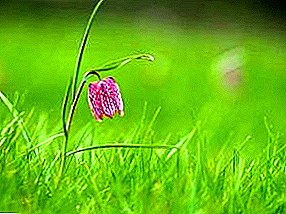 When transferring a hazel grouse to a new place, make sure that other bulbous plants do not grow on it. This is done for proper crop rotation.
When transferring a hazel grouse to a new place, make sure that other bulbous plants do not grow on it. This is done for proper crop rotation.- Do not plant damaged bulbs, and if there is no other way out, then cut off the rotten place to healthy flesh, and treat the wound with a fungicide.
- Do not plant the plant in places where water can hold on for a long time.
If you follow these simple rules, the plant will grow strong and will be able to cope with viruses and fungi that cause mold. It does not require the use of herbicides.
Compliance with the elementary agricultural technology will give the plant the necessary strength for growth and flowering. With the accumulation of experience, agrotechnology can be adjusted and to achieve abundant flowering of chess hazel grouse every year.


 Also learn the rules of garden care.
Also learn the rules of garden care. Read all about the correct fit of petunias.
Read all about the correct fit of petunias. Violet is a gentle and beautiful flower. Read on the site about reproduction and care for violet.
Violet is a gentle and beautiful flower. Read on the site about reproduction and care for violet. When transferring a hazel grouse to a new place, make sure that other bulbous plants do not grow on it. This is done for proper crop rotation.
When transferring a hazel grouse to a new place, make sure that other bulbous plants do not grow on it. This is done for proper crop rotation.